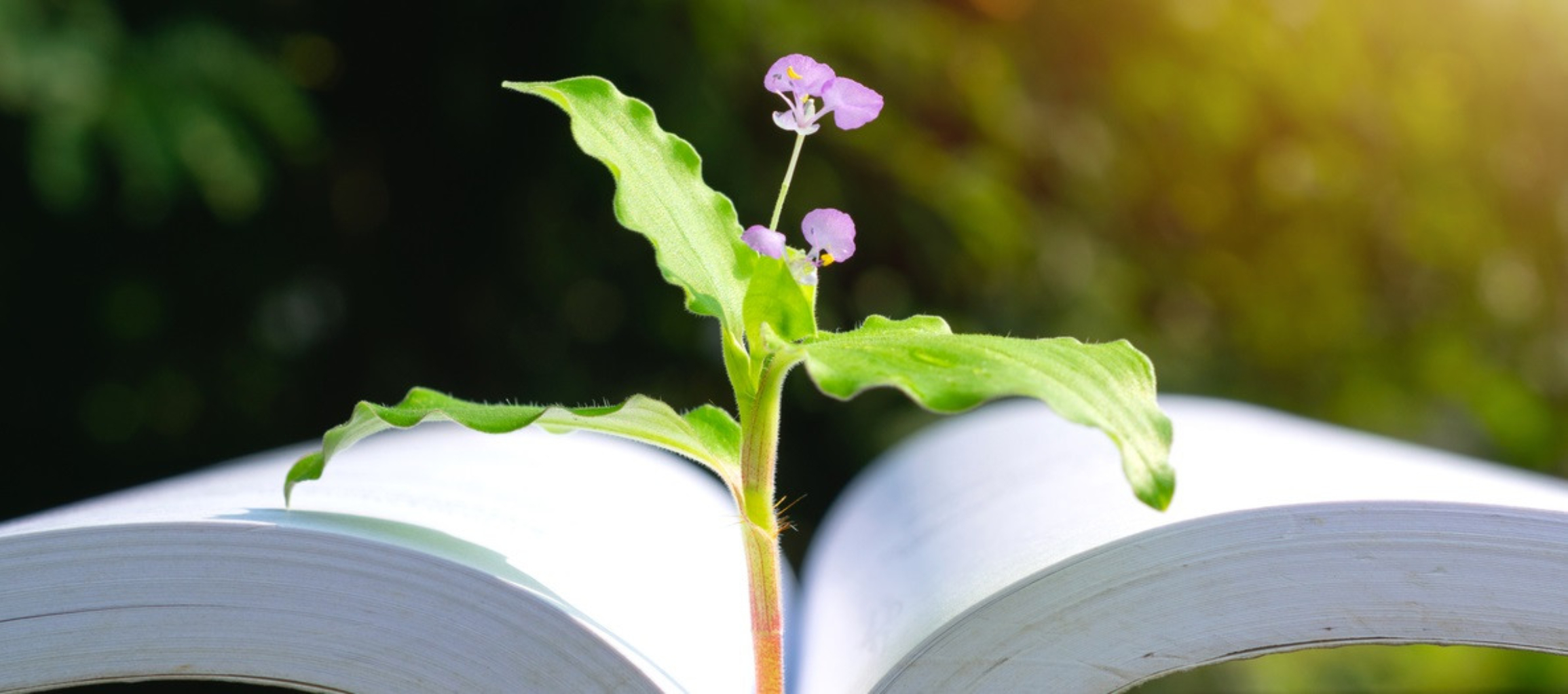Review of CB Seminar “The sustainable book distribution chain”

We had good discussions and interesting dialogues about how the book trade can be more sustainable with more than 60 booksellers and publishers on 6 October. The key notes involved ‘returns’, ‘data’, ‘collaboration’ and ‘circular production’. After the presentations brainstorms were added that certainly deserve follow-up.
Returns
An average of 3 million books are returned every year. This is labour and cost intensive process. Moreover, a significant proportion of these returns never reach a reader. Various solutions were mentioned, including a (firmer) bonus/malus scheme for booksellers and publishers, a smarter planning of publication dates, more critical purchasing, change the right of return and destruct books on location.
Smarter use of data
Good data is important to make the book distribution chain more sustainable. Companies use data to keep track on whether sustainability is taking place and is moving in the right direction. This is also the case for the book world. For both the service and the impact of producing books. On October 6, two major themes emerged:
1. Data about stock: where is which book and how long does it take to sell (and forecasting this).
2. What is the actual (environmental) impact of producing a book.
The conclusion on this topic is that a lot of data is available from one or more parties but can be better (or otherwise) made accessible. This therefore requires more collaborative systems. In addition, it was suggested that the industry organisations have an important role to play in developing a supported and reliable tool for measuring (environmental) impact. In this way, everyone makes their trade-offs in the same way.
Cooperation
Working together on sustainability is important. There has been discussion on who should take the lead. The trade associations could be used: Mediafederatie (in particular the GAU and MEVW), the Royal Booksellers' Association (KBb), the Royal Association for Graphic Enterprises (KVGO) and possibly also the Royal Association of Dutch Paper and Cardboard Factories (VNP) and CB. This means that (almost) all links in the chain are represented. The first step may be to set up a CSR group or project group, with members from the above organizations. The first priority for this group should be to determine a concrete direction for the sector; a shared goal. In addition, the need for a 'sustainable book platform' has been emphasized. A platform to make information, knowledge and tools available to the sector in order to raise awareness and enable organizations to make more sustainable choices.
Circular production
If we assume that we are producing a physical book, what choices can we make to produce that book as sustainably as possible? The following ideas were identified:
1. Working with responsible paper such as recycled paper and FSC paper. Criticism was given of the lack of clarity about different types or degrees of FSC certifications. The best option would be to work with cradle-2-cradle (C2C) paper.
2. Include more features of the book in the design process so that less paper is needed. Such as the size, thickness of the paper, font, layout of pages, type and amount of ink and so on.
3. Eliminate substances that interfere with the recycling process. Such as opting for better glue or laminate. In addition, materials and design are chosen to extend the life of a book.
Access to knowledge about sustainable choices is important. There are dozens of factors that play a role. Not everyone can be well aware of all factors. This is a role for a trade association. In addition, it is good if a tool is available to calculate the environmental impact of a book.
On the way to a ‘pledge’?
One of the opportunities to bring sustainability to the book trade and to the next step comes from the United Kingdom. There, publishers sign a pledge for actions for a better climate. The Media Federation is looking at whether and how this can take shape in the Netherlands.

 To top
To top